We’ve all been there. You open up a menu at a new restaurant and stare down at the unfamiliar words, completely incapable of visualizing what your plate will look like. Too scared to ask questions, you pick something and pray it’s edible. Never fear: with this list, the sushi menu will never look foreboding again.
Maki
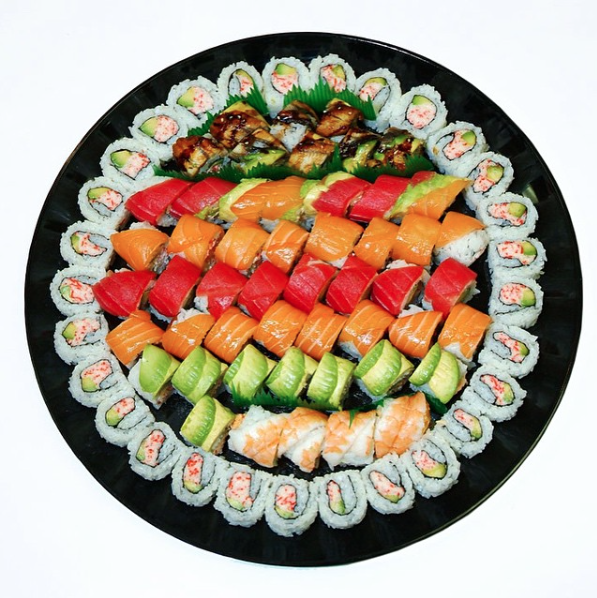
Photo courtesy of @sushi_everyday on Instagram
Maki are your typical cut rolls. There are different types of maki, however: uramaki, futomaki, and hosomaki. Uramaki are maki that have a layer of rice on the outside (as the outer layer displays above) as opposed to the more-traditional seaweed wrapper. For sizing, futomaki is a thick cut roll, while hosomaki is thin cut.
Nigiri
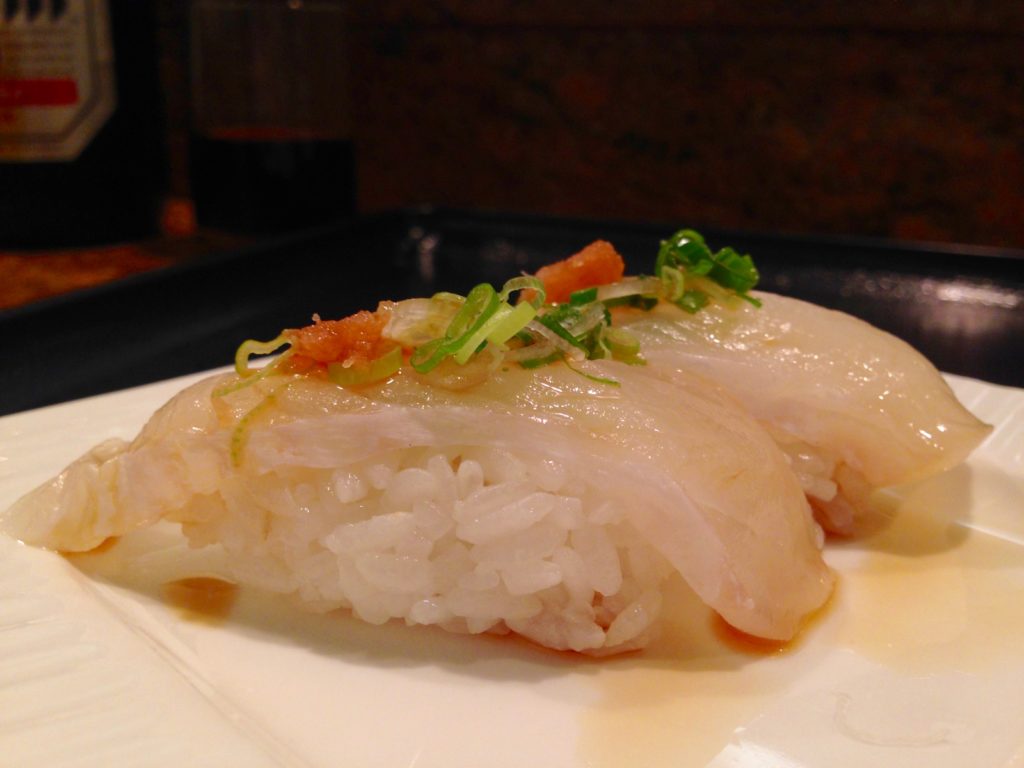
Photo by Claire Dinhut
Simply put, nigiri is a ball of rice with sashimi or vegetables placed atop it. The term “nigiri” actually means hand-pressed sushi. Watch out: There is usually a thin layer of wasabi between the rice and fish.
Sashimi
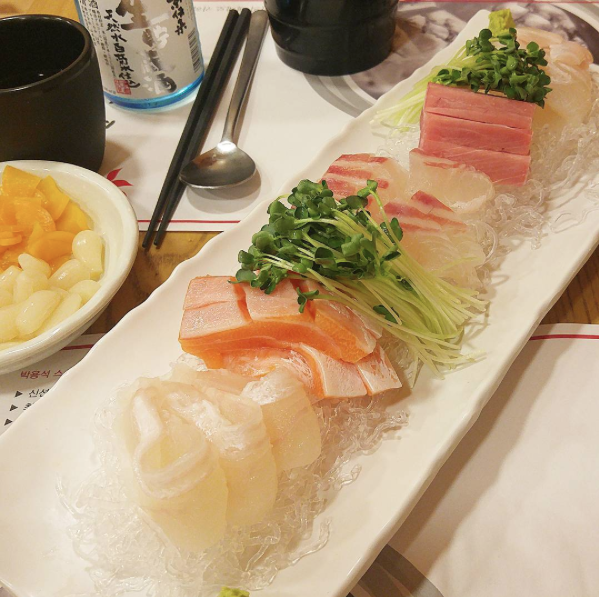
Photo courtesy of @soonyheo on Instagram
Sashimi is plain raw fish sliced in a particular way to ensure the perfect texture and flavor. It is usually served alongside shiso (that large green leaf everyone ignores) and daikon, a white crunchy radish.
Chirashi
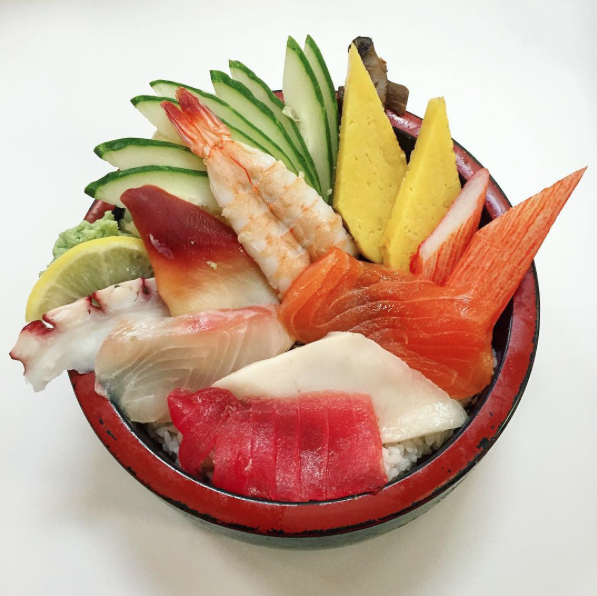
Photo courtesy of @ilretep on Instagram
“Chirashi” translates literally to “scattered sushi,” and refers to a bowl or box of rice with sashimi or vegetables used as the top layer. Think burrito bowl from Chipotle, but even more dank.
Temaki
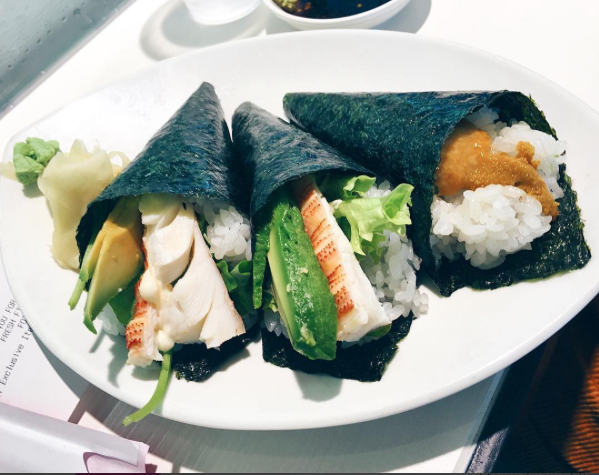
Photo courtesy of @11jinglebell11 on Instagram
Temaki is a hand-roll. It resembles an ice cream cone but instead of sweet cold dessert, the inside of this seaweed cone is made up of rice, fish, and vegetables.
Inari
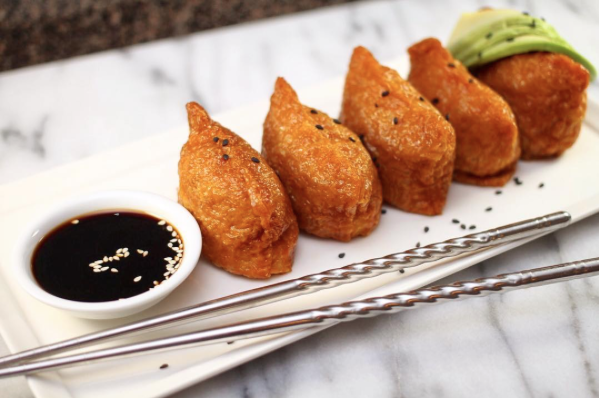
Photo courtesy of @jaylamode on Instagram
Inari sushi are fried pouches of tofu filled with rice. These crispy tofu pockets are called “aburage” and are sometimes soaked in sake.
Nori
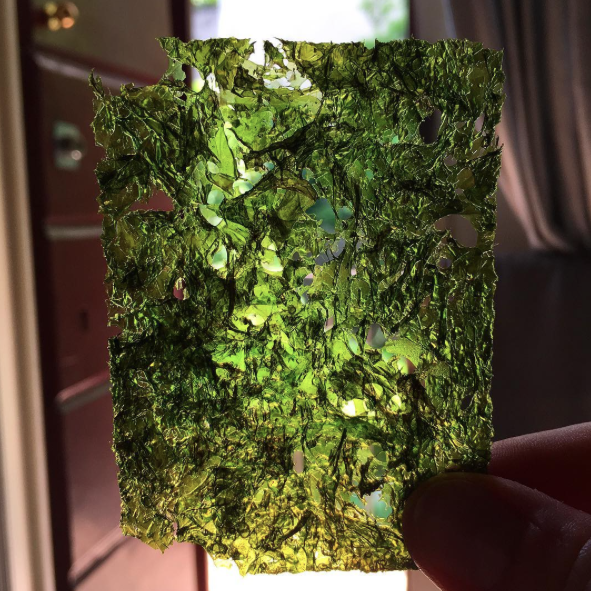
Photo courtesy of @picard77 on Instagram
This might be the easiest term on the sushi menu. Nori is the Japanese word for the dried seaweed that wraps around maki or temaki.
Gari
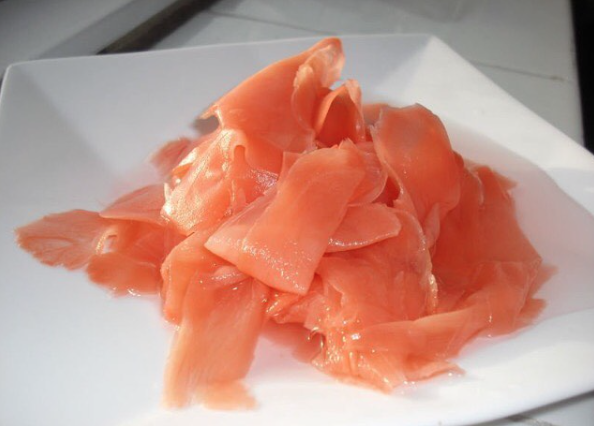
Photo courtesy of @ms.shello on Instagram
Gari is a personal favorite part of a sushi dinner: the pickled ginger. This side “dish” is used to cleanse the palate in between eating different types of sushi, not to place atop the roll itself. While gari is sometimes bright pink, the lighter the color, the higher quality the ginger actually is.


